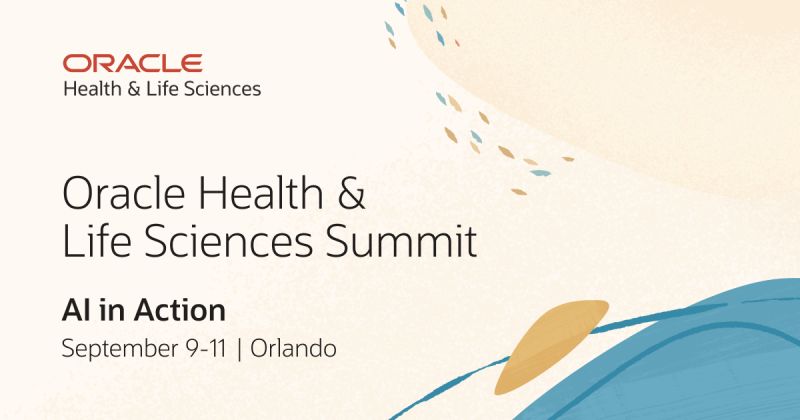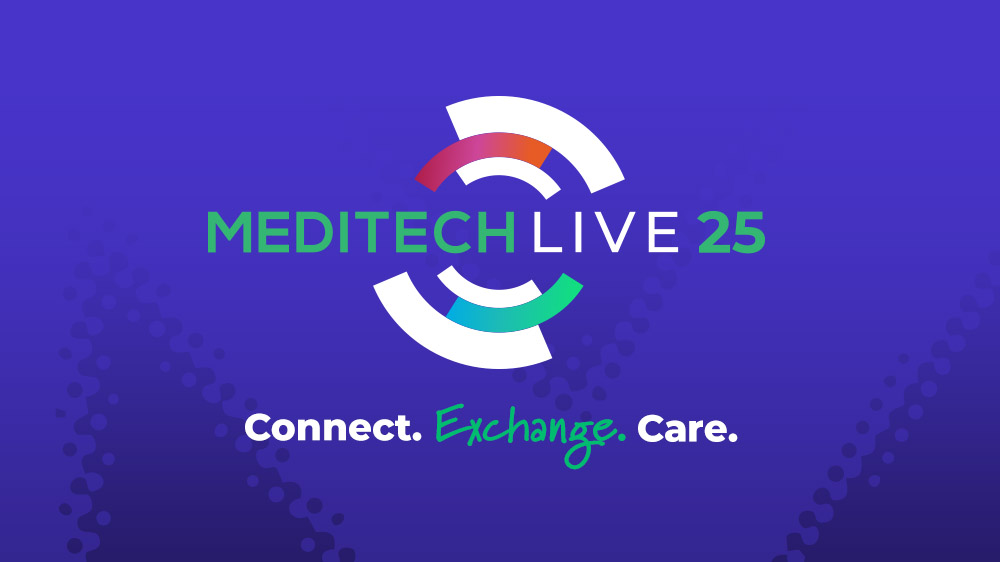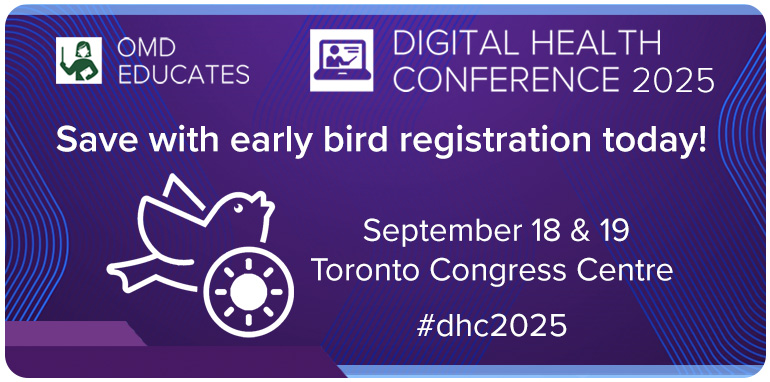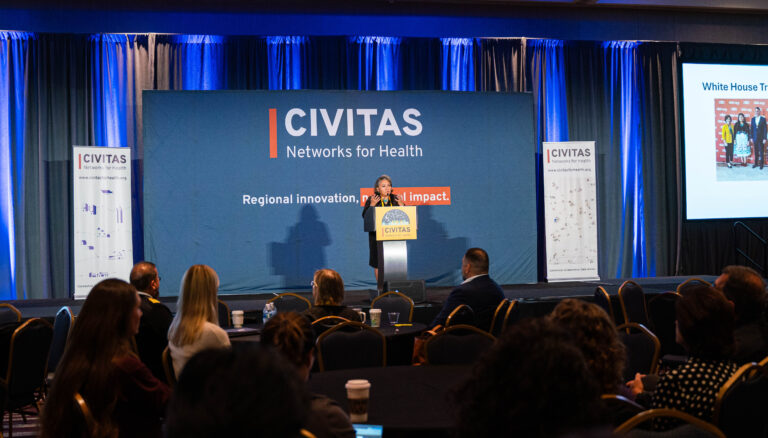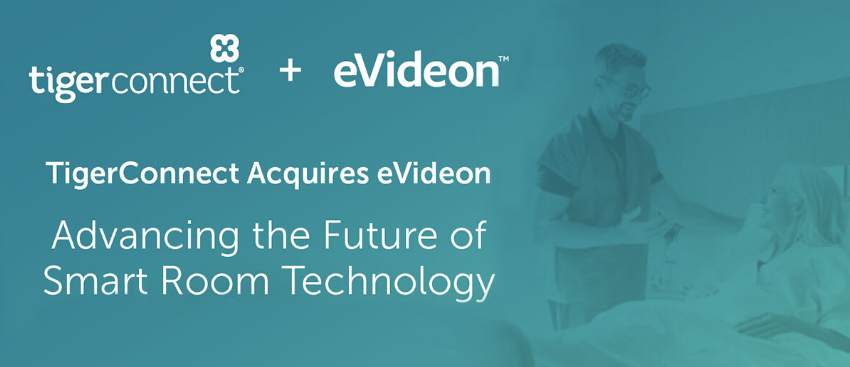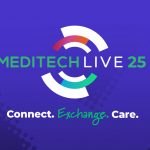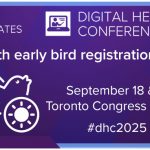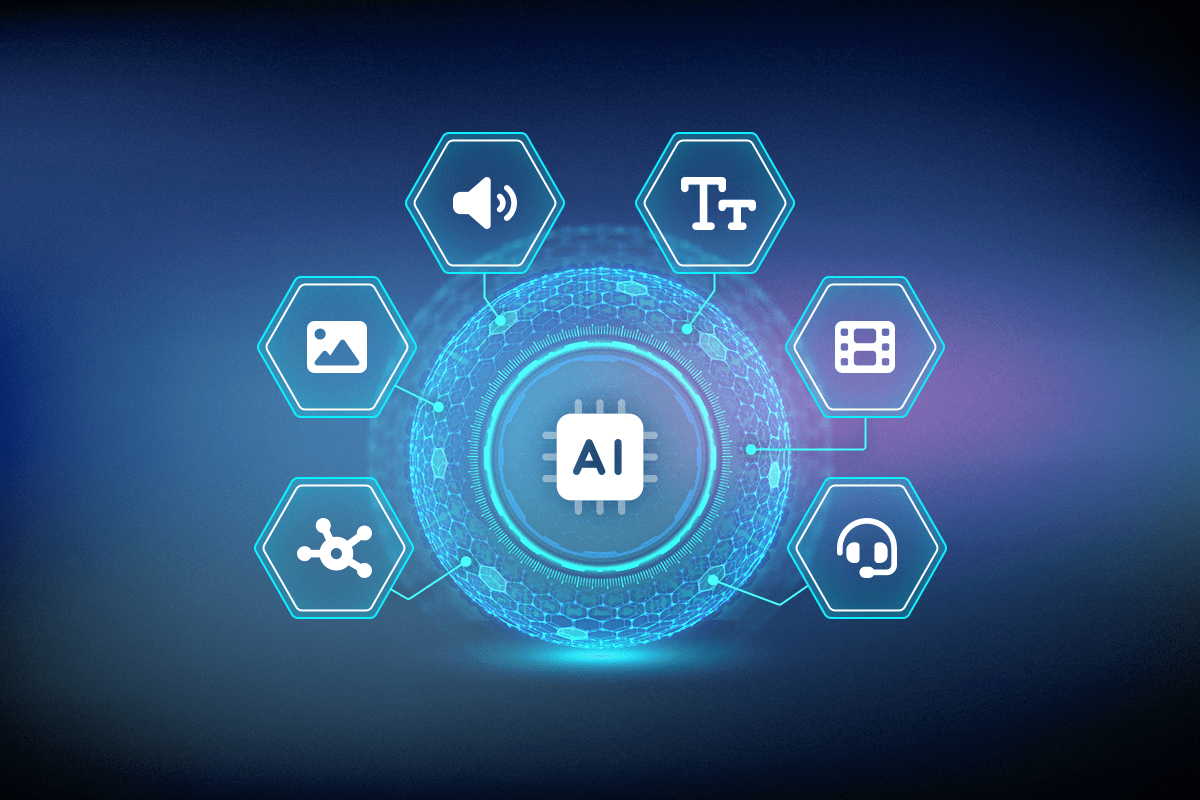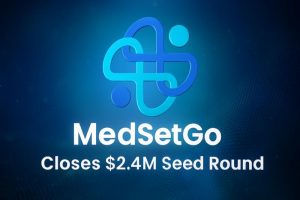Breaking Down Silos: Ushering in a New Era of Healthcare Data
Traditional AI in medicine has largely relied on narrow, isolated data sources—most notably Electronic Health Records (EHRs)—which are often static and siloed. A new multimodal AI framework challenges this limitation by integrating four critical streams: EHRs, patient-reported outcomes, genomic data, and real-time physiological inputs from wearable devices. This holistic approach breaks down data silos, providing a dynamic, comprehensive view of each patient. Rather than simply informing care, this integration transforms it into a continuously evolving and deeply personalized process.
Layered Intelligence: From Data Capture to Clinical Insight
The system is structured as a five-tier pipeline: Data Acquisition, Preprocessing, Multimodal Integration, Personalization Engine, and Interactive Interface. Each layer contributes to a seamless, intelligent flow of information.
Notably, the preprocessing stage leverages probabilistic models to handle uncertainty—a constant challenge in real-world medical environments. The integration layer uses transformer models and attention mechanisms to detect patterns across disparate data types. Meanwhile, the personalization engine applies reinforcement learning to tailor treatment strategies to the individual. Finally, the interactive interface translates complex data into actionable insights—clear and accessible for clinicians, not overwhelming.
Smart Support, Not Replacement
This system is designed to augment—not replace—clinical decision-making. Its AI-driven recommendations are transparent, evidence-based, and tailored to each patient’s unique profile. What sets this framework apart is its ability to adapt in real time, refining its insights as new clinical, behavioral, and biometric data becomes available—unlike conventional systems that rely on static, episodic information.
Improving Outcomes Across Specialties
While implementation examples are not the core focus, the framework’s design points to transformative potential across medical fields. From aligning genomic and glucose data in diabetes care to linking speech patterns with wearable metrics in mental health, the system enables timely, targeted interventions. It helps detect early warning signs, supports proactive treatment strategies, and significantly cuts down on administrative load.
Clinicians reported spending less time switching between systems and more time in meaningful patient interaction. The system enhances, rather than overrides, medical autonomy by offering recommendations—not rigid instructions—fostering stronger patient-provider trust.
Overcoming Challenges in Integration and Adoption
Despite its promise, implementing this system presents real challenges. Integrating diverse data formats from disconnected health systems requires advanced engineering and technical finesse. Key issues include interoperability, data completeness, standardization, and real-time synchronization.
Human factors also pose obstacles. Healthcare providers express concerns around liability, increased documentation, workflow disruption, and data governance. Regulatory uncertainty—particularly surrounding adaptive AI that evolves post-deployment—adds further complexity. Moreover, ensuring the model performs equitably across diverse patient populations and is built on scalable infrastructure remains essential.
Looking Ahead: Intelligent, Inclusive, and Transparent AI
Future developments aim to expand the AI’s scope to include social determinants of health—such as environmental exposure and socioeconomic status—providing a fuller picture of patient well-being. Plans to create specialty-specific, adaptive interfaces show a thoughtful alignment with varied clinical workflows.
Advances in explainability are also on the horizon, including natural language explanations and interactive visual analytics to make AI reasoning more transparent. The system’s vision includes leveraging federated learning, allowing institutions to train shared models while safeguarding patient privacy.
Early economic forecasts suggest substantial cost savings in both chronic and acute care. However, widespread adoption will depend on thorough validation through real-world clinical studies, ensuring long-term scalability, sustainability, and trust.














